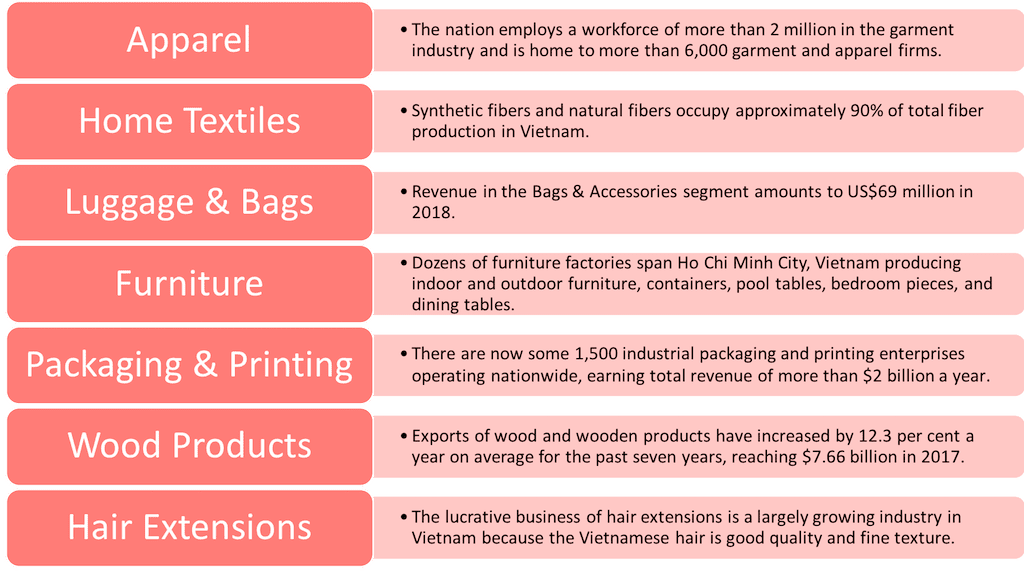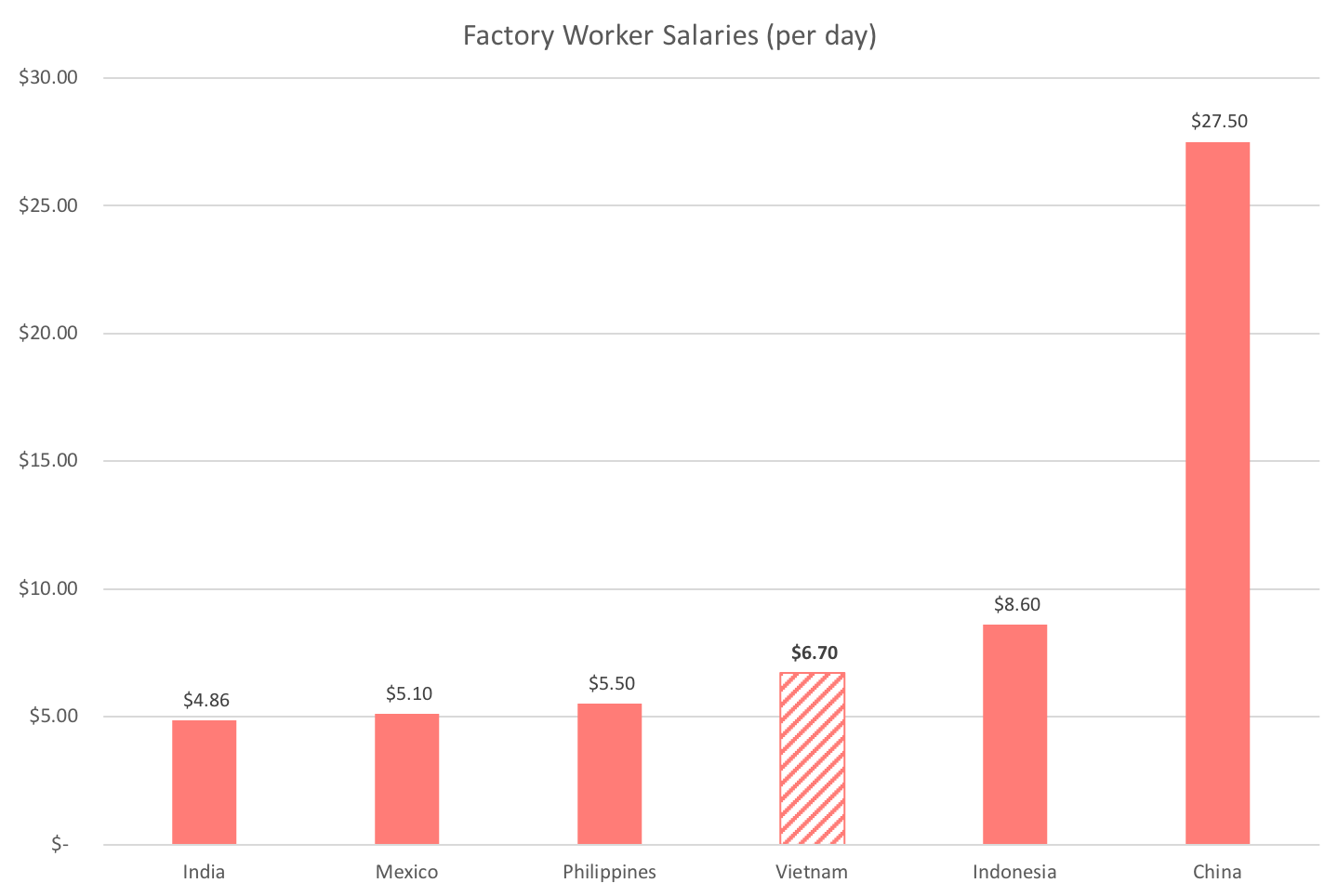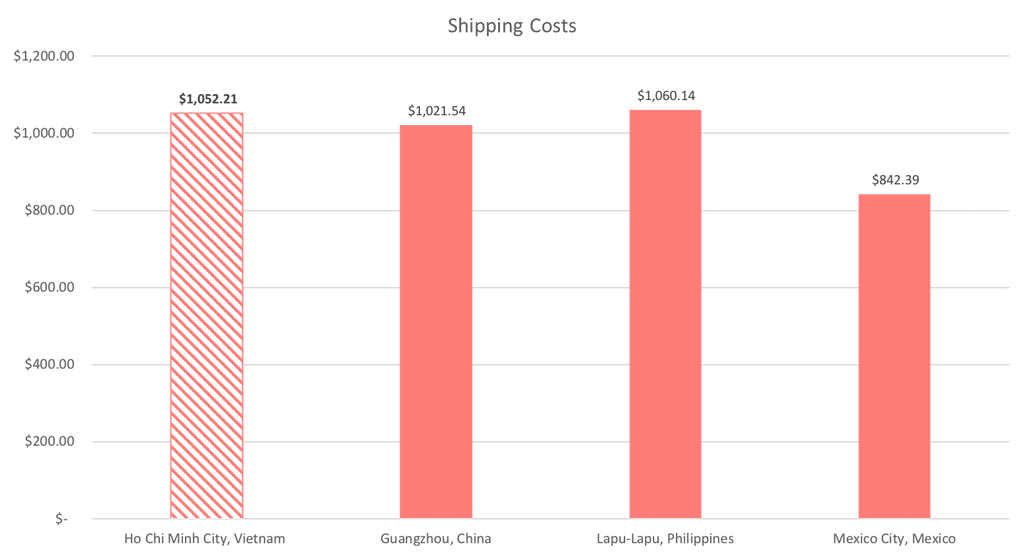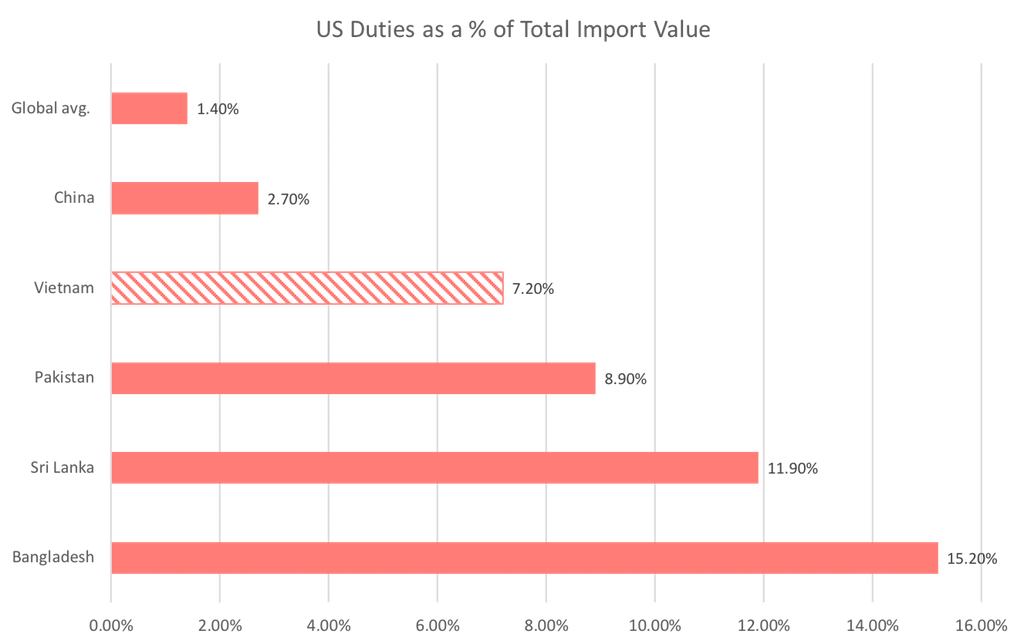Country Overview
The small nation to the south of China is rising in the manufacturing industry and quickly becoming one of the largest exporters of garments and textiles in the world. It’s considered a developing nation, but Vietnam is capable of high quality manufacturing while providing lower production costs at the same time.
Want to Learn How to Launch a Six Figure Product?
Bordering the manufacturing giant that is China, Vietnam benefits from the manufacturing expertise that continues to spill over as existing factories in China become more and more overcrowded.
Chinese manufacturers have been moving their factories to Vietnam since the early 2000s because sourcing from Vietnam offers refuge from the brutal competition of Chinese businesses. This is turning a large portion of Vietnam’s manufacturing industry into an extension of China’s industry.
Whether a factory in Vietnam is run by a Chinese or Vietnamese owner, the factory still benefits from Vietnam’s prime location. Not only can it quickly outsource production materials and equipment from China, but it can also ship finished goods from one of the country’s many international trade ports. Shipping by ocean can be 6 times less expensive than by air so manufacturing in a country with several trade ports is a huge cost advantage.
If you haven’t considered sourcing in Vietnam, our page will give you insight into the relevant costs and manufacturing dynamics that are special to Vietnam.
Country Specializations





